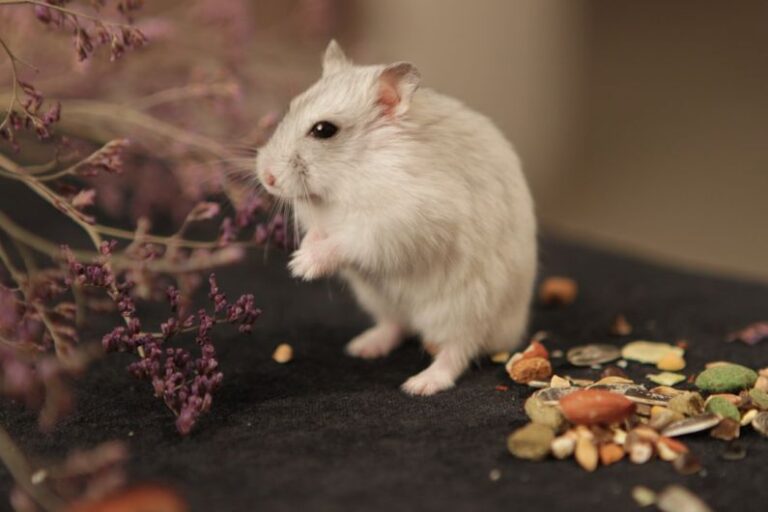
Hamsters are popular small pets known for their adorable appearance and playful nature. With over 20 different breeds of hamsters, it can be challenging to distinguish one from another. Each breed has unique characteristics that set them apart, from fur color to size and temperament. In this article, we will guide you on how to identify different hamster breeds to help you better understand these lovable creatures.
Hamster Breeds by Fur Type
One of the most obvious ways to differentiate between hamster breeds is by their fur type. Syrian hamsters, also known as teddy bear or golden hamsters, have long and fluffy fur that comes in various colors such as golden, cream, and cinnamon. On the other hand, Dwarf hamsters, including Roborovski, Campbell, and Winter White hamsters, have shorter fur and are smaller in size compared to Syrians. Dwarf hamsters also have a distinct dorsal stripe running along their back, which helps in identifying their breed.
Hamster Breeds by Coat Color
Coat color is another essential factor in identifying different hamster breeds. The most common coat colors among hamsters are golden, white, grey, and black, but there are also more unique variations such as sable, cinnamon, and banded. For example, Chinese hamsters typically have a dark dorsal stripe on their back and a lighter-colored belly, while the Winter White hamster, also known as the Djungarian hamster, has a coat that changes color with the seasons, turning white in winter and grey-brown in summer.
Hamster Breeds by Size and Body Shape
In addition to fur type and color, hamster breeds can also be distinguished by their size and body shape. Syrian hamsters are the largest breed, growing up to 6-7 inches in length, while Dwarf hamsters are much smaller, ranging from 2-4 inches long. Chinese hamsters have a slender body shape with a tail that is longer than other hamster breeds, making them easily recognizable. Roborovski hamsters, on the other hand, are the smallest breed of hamsters, known for their tiny size and fast movements.
Hamster Breeds by Temperament
Each hamster breed also has its own unique temperament and behavior traits that can help in identifying them. Syrian hamsters are solitary creatures and prefer to live alone, while Dwarf hamsters are more social and can be kept in pairs or small groups. Roborovski hamsters are known for their high energy levels and love for running on wheels, making them a popular choice for active pet owners. Understanding the temperament of different hamster breeds can help you choose the right pet that matches your lifestyle and preferences.
Hamster Breeds by Health Issues
Lastly, hamster breeds can also be identified based on their susceptibility to certain health issues. Syrian hamsters are prone to obesity if not provided with enough exercise and a balanced diet. Chinese hamsters are known to be sensitive to temperature changes and may require extra care during extreme weather conditions. Dwarf hamsters, especially Campbell and Winter White breeds, are prone to diabetes and should be fed a low-sugar diet to prevent health complications.
In conclusion, identifying different hamster breeds involves observing characteristics such as fur type, coat color, size, body shape, temperament, and health issues. By familiarizing yourself with these unique traits, you can easily distinguish between the various breeds of hamsters and provide them with the care and attention they need to thrive as beloved pets in your home. Whether you prefer the fluffy Syrian hamster or the energetic Roborovski hamster, each breed has its charm and appeal that makes them a delightful addition to any family.





